
After more than one hundred years the oldest urban park of Deventer is worn out. It was conceived around 1890 by Leonard Springer as an embellishment of the ramparts that were no longer needed to defend the city.
This was aggravated by a storm that hit the central part of the park on September 9, 1998. More than a hundred trees were devastated. The city finally realized that something had to be done. A plan was called for that integrates the unique features of the Springer design with contemporary and future needs. An inspiring and comprehensive plan, made to last.
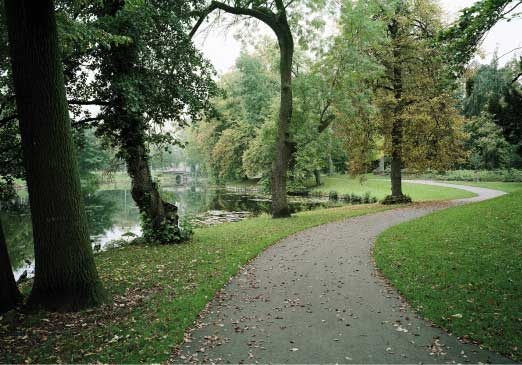
Paths
Extending foot and bicycle routes provides a better link between railway station and river and attracts more people. New bridges connect and intensify the use of existing paths. A busy park is a safe park. Asphalt is the material of choice. Long-lasting and low on maintenance, it is also ideal for skateboarders and skeelers.

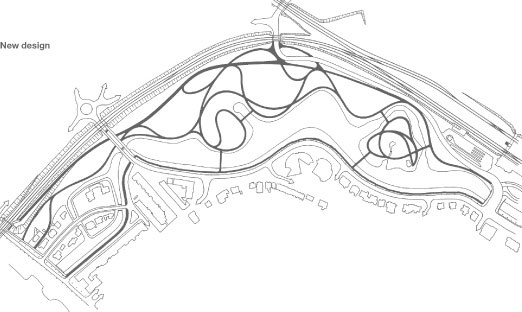
Trees
Where the storm of 1998 struck, some, but not all trees will be replaced with new ones. Groups of trees that were not affected will be winnowed out to make room for healthy samples to grow in. Along the curving path across the water at the town side the row of sycamore trees needs to be completed by filling the gaps.
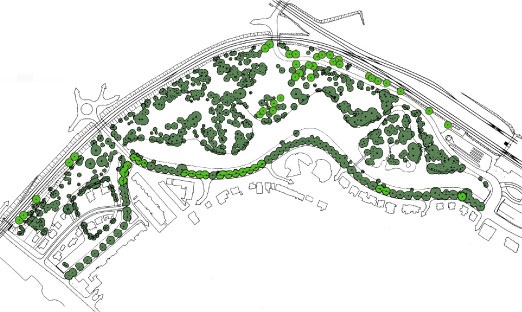
Shrubs
Of the original hedgerows only those along the railway embankment are maintained. The rest is trimmed and concentrated in the central open valley and on top of the former rampart mounds in the park. Shrubs separating the park from the built-up environment around it, are eliminated. This provides social control and makes the park more part of the urban fabric.
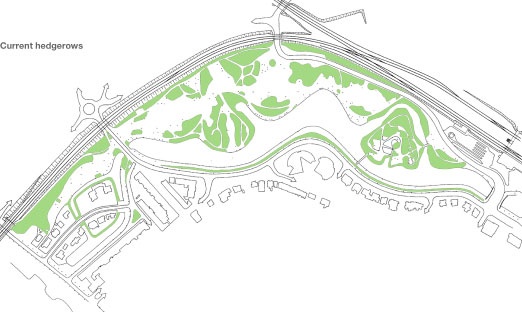
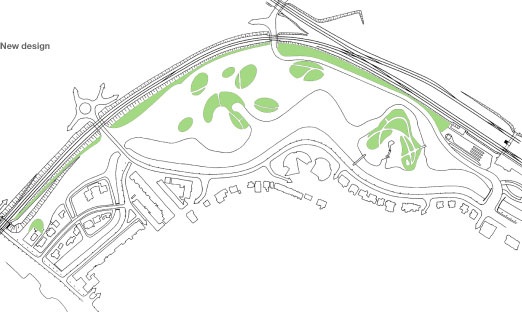
Buildings
Architectural elements form eye-catchers and provide focus in a landscape style park as this one. A cupola on top of the second-highest mound offers a panoramic view. It is reached by climbing narrow stone steps flanked by boulders. New bridges are architectural jewels, reflecting in the water.

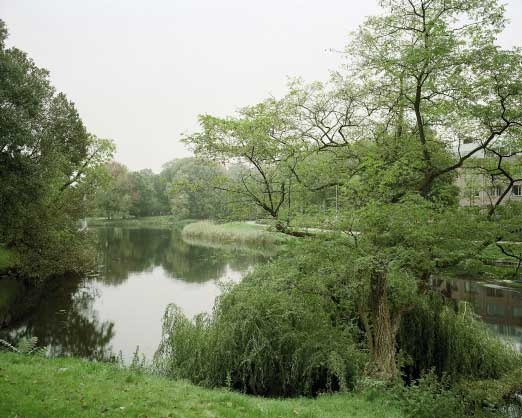
Client
City of Deventer
Credits
Caspar Slijpen
Landscape architect
City of Deventer
Engineering
Photography
Kim Zwarts